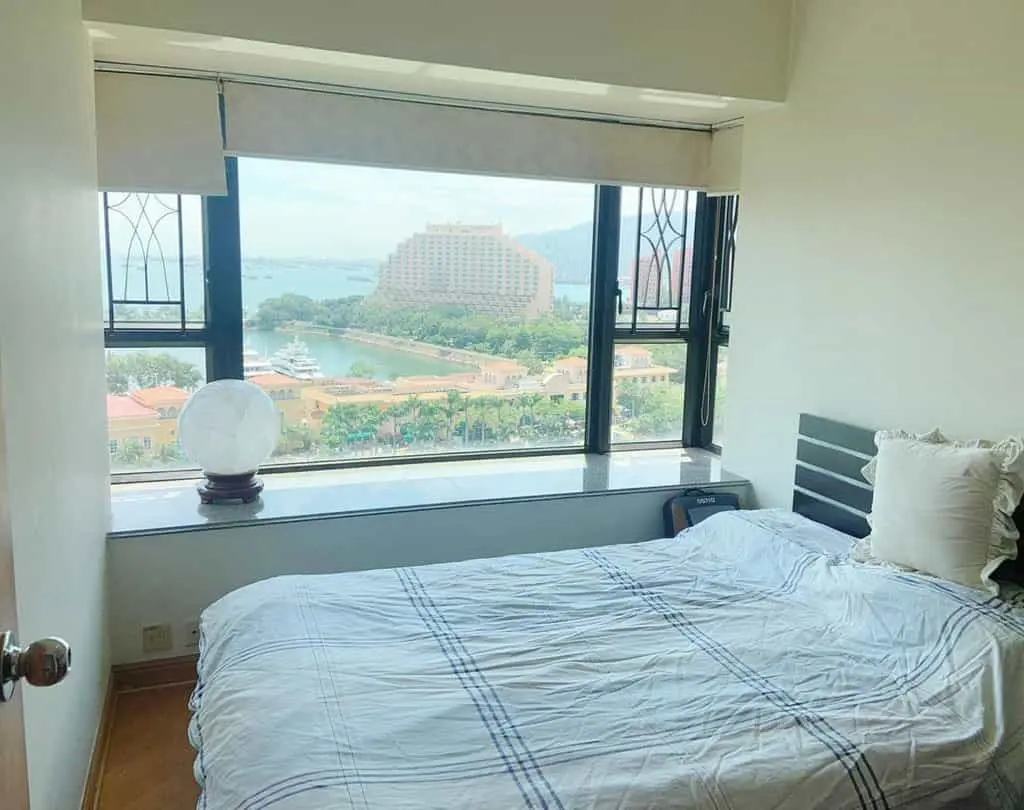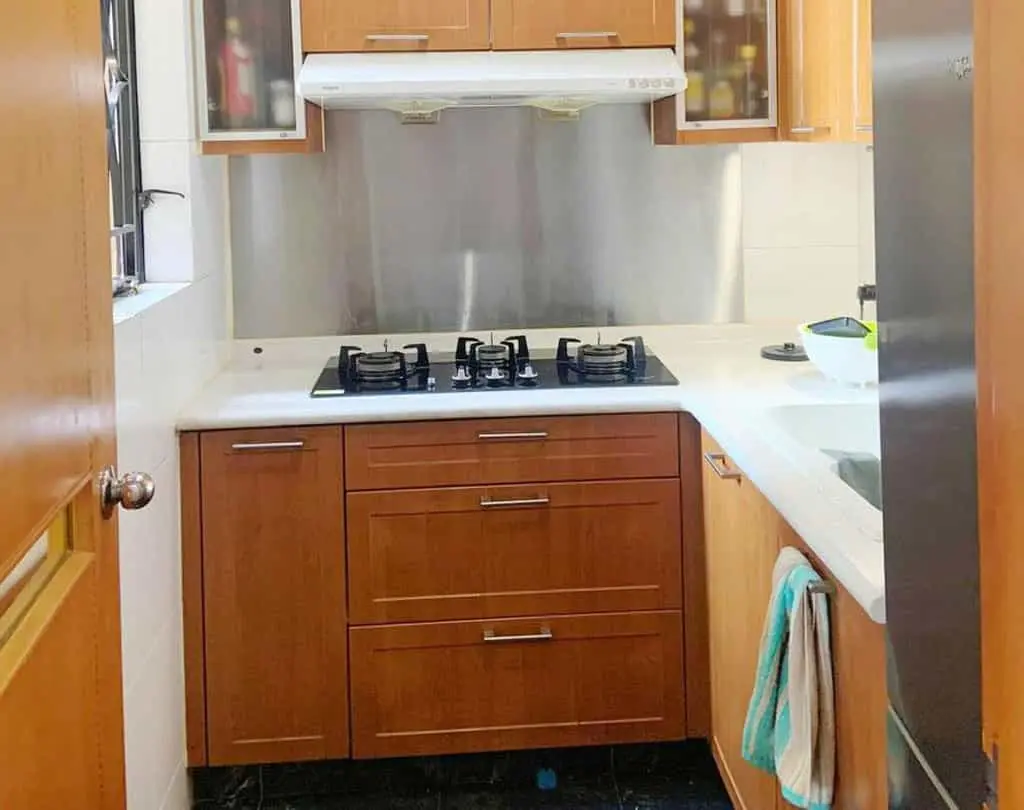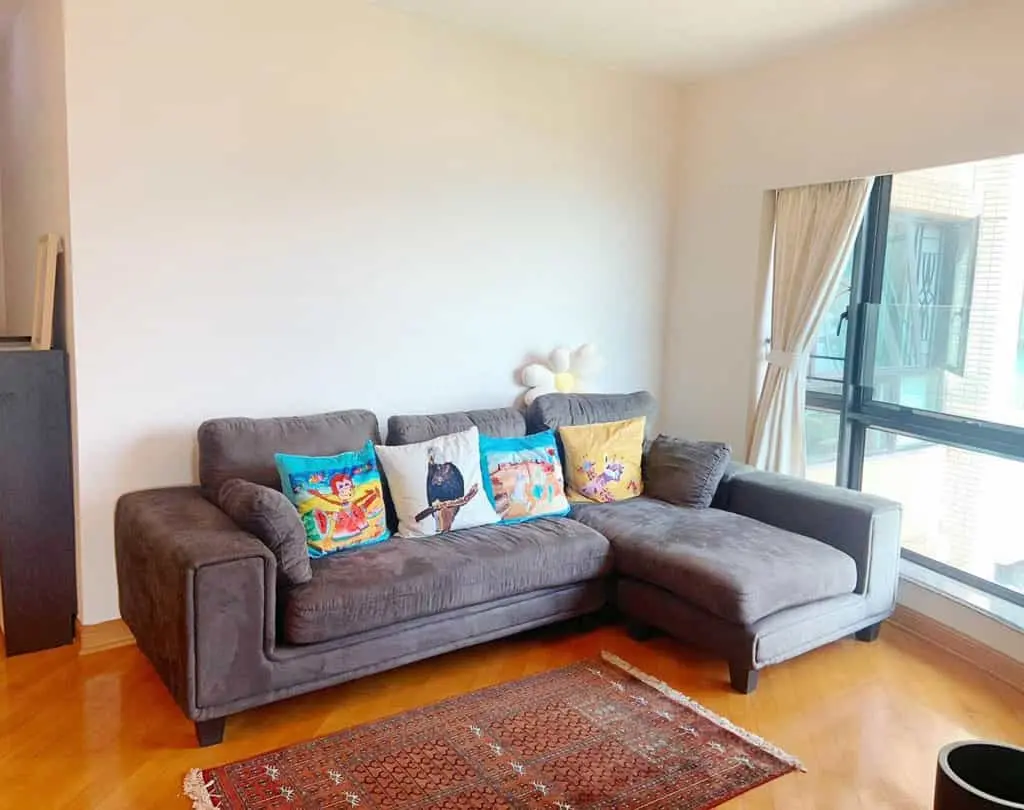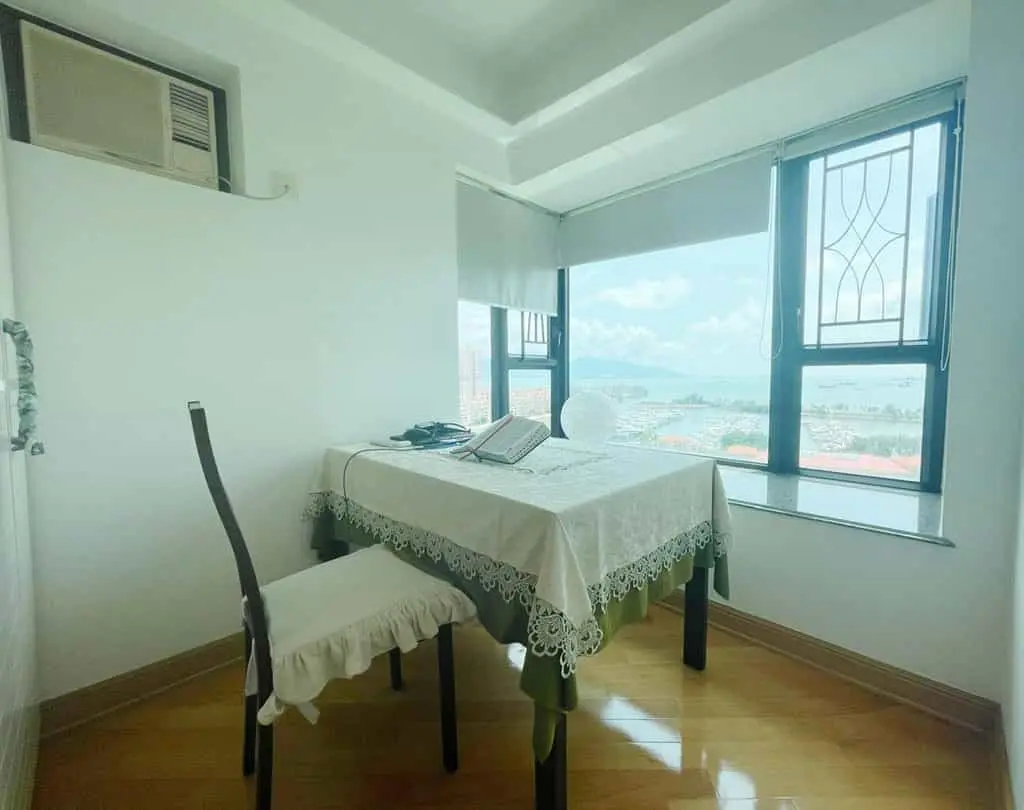Table of Contents
1. The core of the event: a transaction that subverts the traditional logic of real estate investment
Tuen MunAegean CoastRecently, a transaction that shocked the market was recorded: a 617-square-foot three-bedroom unit with sea view on the middle floor of Block 2 was sold for HK$5.47 million, a book loss of HK$30,000 compared to the purchase price 12 years ago. Taking into account inflation and holding costs, commissions, stamp duties, etc., the owner's actual loss is estimated to be HK$300,000. This transaction set several special records:
- Inter-cycle losses: Breaking the traditional concept of "long-term holding will definitely appreciate"
- Valuation Disagreement: The valuation gap between Bank of China (5.43 million) and Hang Seng (5.56 million) is 2.4%
- Price reduction: The cumulative reduction of 730,000 yuan reached 11.8%, reflecting the weak market acceptance
2. Micro level: case analysis and market signals
- Pricing logic collapses
The unit is priced at $8,865 per square foot, which is lower than the recent transaction in the same estate:
- Similar units on lower floors (sold at $9,200 per square foot in Q4 2023) are discounted by 3.6%
- Compared with the peak of the same apartment type before the epidemic (2019), it has dropped by 22%
This reflects that the "sea view premium" becomes a liquidity barrier when the market is down.
- Strategies of home-changers shift
The buyer is a resident of the same housing estate, and his purchase behavior is indicative:
- Abandon the traditional model of "small for big" and choose "flat for flat" to maintain cash flow
- Taking advantage of the seller’s eagerness to sell to achieve “cross-unit upgrades” (improving living quality at the same price)
- Bank valuation mechanism is inaccurate
The difference in valuations between the two banks reveals:
- BOC focuses on the "cash flow discount model" to reflect the rental yield (about 2.6%) considerations
- Hang Seng adopts the "Comparable Transaction Method", but the reference data has a 3-month lag
The transaction price in the middle shows that the market pricing power is shifting from institutions to buyers and sellers.

3. Macro perspective: the real estate market ecology in structural transformation
- Interest rate cycle reversal shock
Comparison of 2012 and current financial environment: Indicators November 2012 June 2024 Prime rate 5.0% 6.125% Maximum mortgage ratio 70% 50%* Stress test benchmark +2% +3% *Note: The restriction on interest rate hike cycles for properties above 15 million has increased the payment burden by 43% compared to 2012, directly compressing purchasing power. - Marginal Market Liquidity Trap
Second-hand transaction data in Tuen Mun District shows:
- Transaction volume in Q2 2024 fell by 38% year-on-year
- The average bargaining space expanded to 15%-20%
- The period from listing to closing has been extended to 142 days (the historical median is 87 days).
This reflects that properties in non-core areas are caught in a vicious cycle of "liquidity discount".
- Reversal of intergenerational wealth effect
The original owner was a typical "middle-class homebuyer":
- Total expenses during the holding period (mortgage interest + management fee + rates) are approximately 1.87 million yuan
- Potential opportunity cost (if investing in Hang Seng Index ETF) Theoretical return is 2.16 million yuan
Shows the failure of real estate as a financial storage tool.

IV. Institutional flaws exposed: looking at systemic risks from individual cases
- Valuation mechanism hysteresis
The current bank valuation system has three major blind spots:
- Relying on historical trading data, it is difficult to reflect the immediate market panic
- Ignore "depreciation of decoration value" (the decoration investment of this unit is about 500,000 yuan)
- Hidden costs such as "holding opportunity cost" are not taken into account
- Tax design is counterproductive
Although the Additional Stamp Duty (SSD) curbs speculation, it also:
- Increase exit costs for long-term holders
- The “lock-up effect” causes market adjustments to be delayed
This case shows that the company still suffered losses when holding the goods beyond the SSD period, which highlights the limitations of the policy.

5. Expert opinion: Market bottoming out or value reassessment?
- Pessimistic interpretation
“This type of ‘bottom-price’ transaction reflects the reconstruction of the asset pricing model. When the rental yield is lower than the mortgage rate for a long time, theoretically, the property prices in Hong Kong should have room for adjustment of 30-40%.” - Technical analysis
"The current stage is a collision period between 'panic selling' and 'just-in-time demand'. Second-tier areas such as Tuen Mun may be the first to complete the revaluation and find the bottom of the market." - Behavioral economics perspective
"Holding stocks for 12 years and still losing money will trigger a 'loss aversion' effect, which may trigger a chain of stop-loss sales and form a self-fulfilling prophecy."

VI. Future scenario simulation and risk warning
- Short term (6-12 months)
- The wave of valuation cuts has spread to small and medium-sized banks
- There are cases of "negative assets" but they will not lead to a systemic crisis
- Developers accelerate the launch of affordable properties in Northwest New Territories
- Medium term (3-5 years)
- Non-core area property prices may return to 2009 levels
- The rental market becomes a new anchor point for pricing
- The government may adjust the "stress test" standards
- Long-term structural change
- The "wealth storage" function of real estate is weakening
- The emergence of professional "real estate liquidity management" services
- Urban planning shifts to "affordable housing first"
VII. Practical suggestions for market participants
- Owner
- Establish a "holding cost dashboard" for real-time monitoring
- Consider "reverse mortgage" to hedge opportunity costs
- Re-evaluate the payback period of renovation investment
- Buyer
- Establishing a “Regional Mobility Index” evaluation system
- Make good use of bank valuation differences to negotiate prices
- Test cash flow pressure under different interest rate scenarios
- Policymakers
- Introducing the "Dynamic Valuation System"
- Establishing a liquidity support mechanism for the secondary market
- Reforming the rate system to reflect actual use value
Conclusion: The beginning of a paradigm shift in the property market
This ordinary transaction that took place on the Tuen Mun coastline actually sounded the twilight knell of Hong Kong's golden age of real estate. When "brick faith" encounters the dual impact of the iron law of interest rates and demographic structure, the market is writing a new value equation. For ordinary citizens, instead of being obsessed with the myth of "buying a house", it is better to rebuild a rational decision-making framework of "comprehensive benefits of living costs". This wave of value reassessment that began on the Aegean Coast will eventually reshape the spatial economic structure of the entire city.
Aegean Coast(English: Aegean Coast), isHongkongTuen Mun DistrictwatCastle Peak RoadThe private housing estate at 2 Kwun Tsing Road, So Kwun Wat, isSun Hung Kai Properties,Land-Sea LinkandHenderson Land DevelopmentIt was jointly developed and completed and put on sale in November 2002, with an average price of HK$2,420 per square foot, starting from HK$1,860 per square foot, and the lowest selling price being HK$5 million. The estate was occupied in January 2003.
Introduction
Aegean Coast is a row of 7 buildingsScreen BuildingEach building is 32 stories high (actually 29 stories) and has 8 units, with a total of 1,624 units, with unit construction areas ranging from 688 square feet to 1,043 square feet.
Further reading:
- The Hong Kong property market is in a wait-and-see mood, with more than half of residents expecting property prices to fall and the desire to buy a home hitting a new low
- It is horrible to see that the huge amount of money of Yau Tong seaside luxury residence Xitai has evaporated in 3 years, and the drop is almost 50%!
- "Hidden Island" Longzhu Island Loft House sold at a loss! Sea view studio apartment sold for 1.85 million, depreciated by 42% in 6 years




